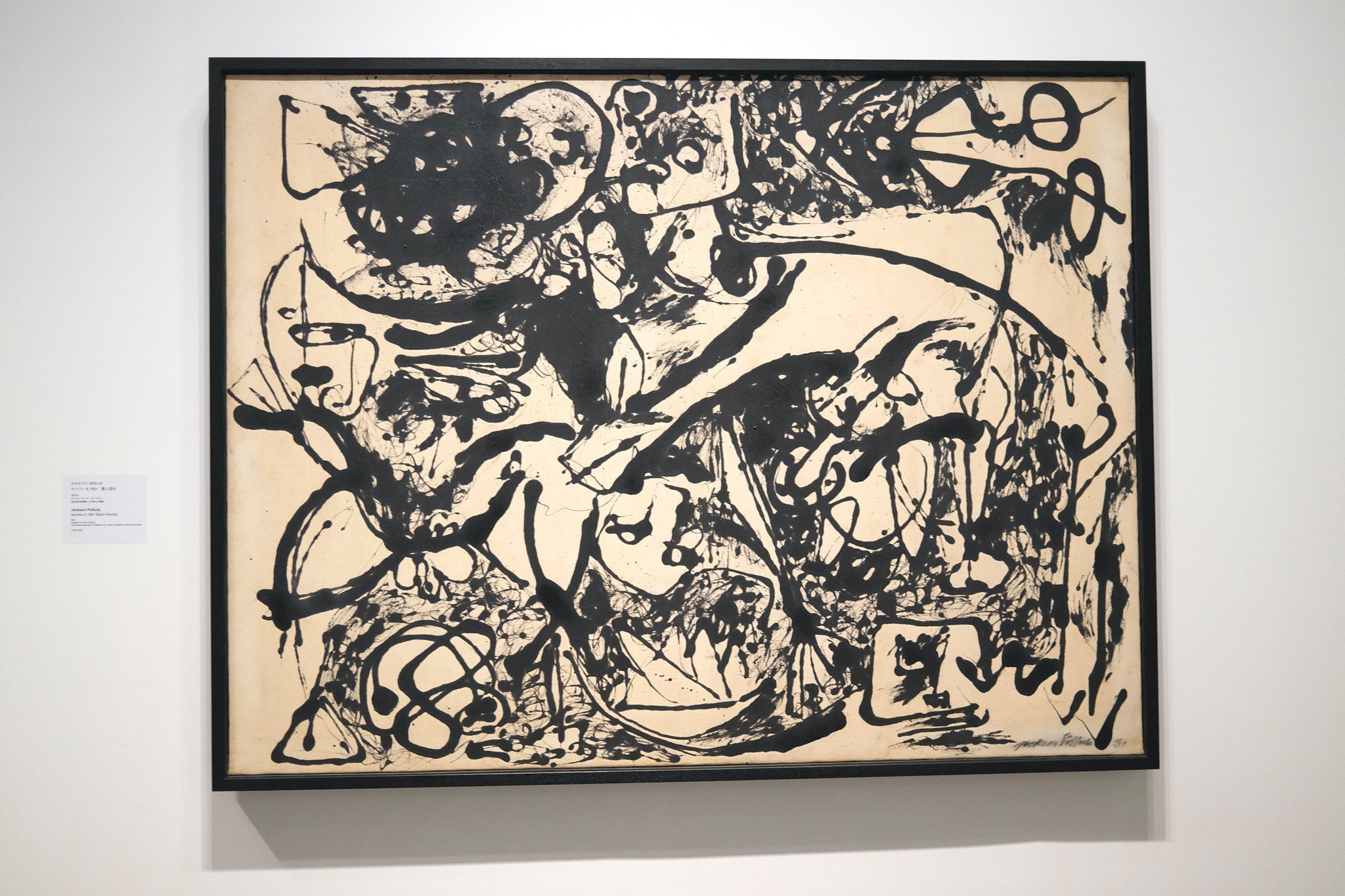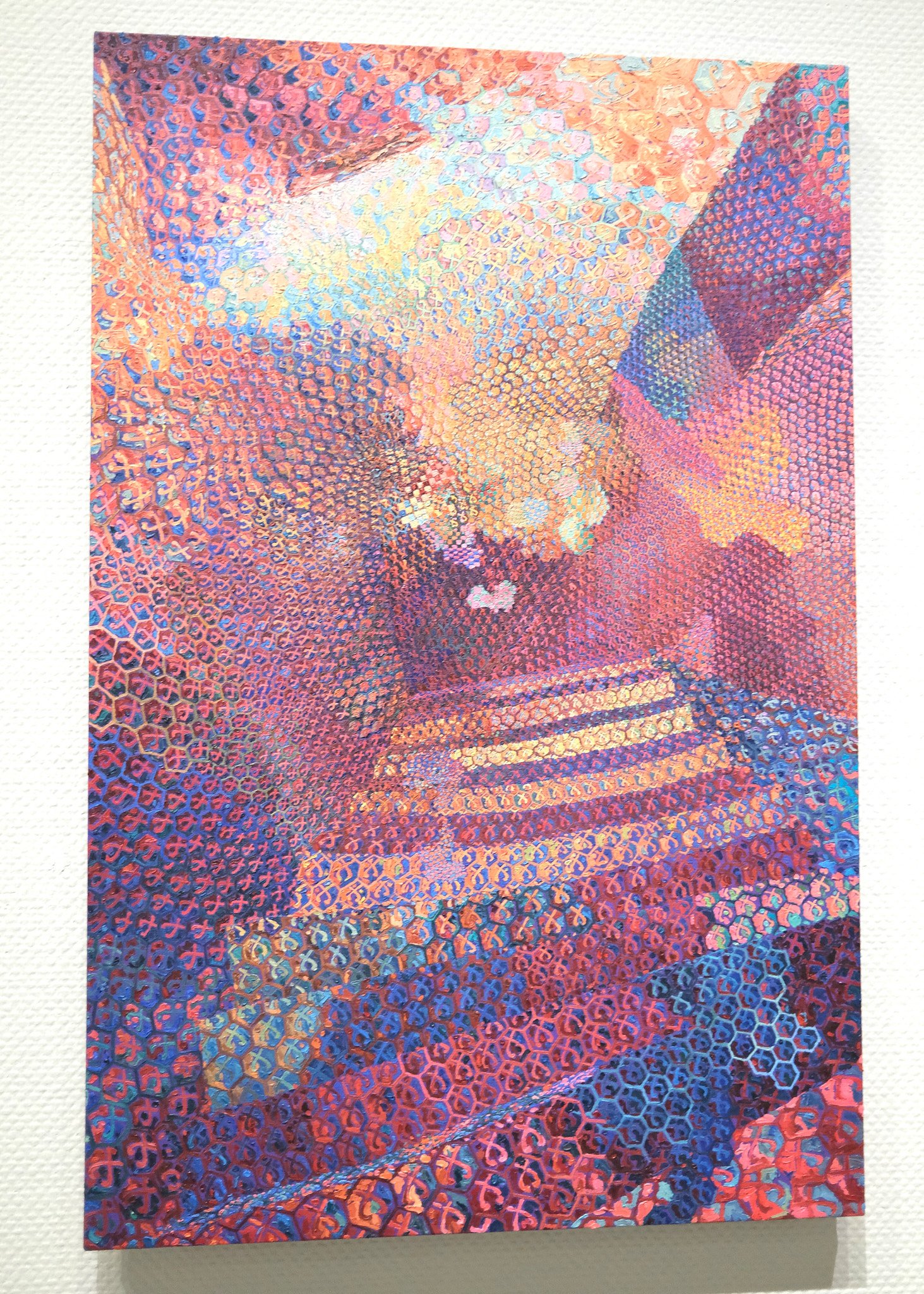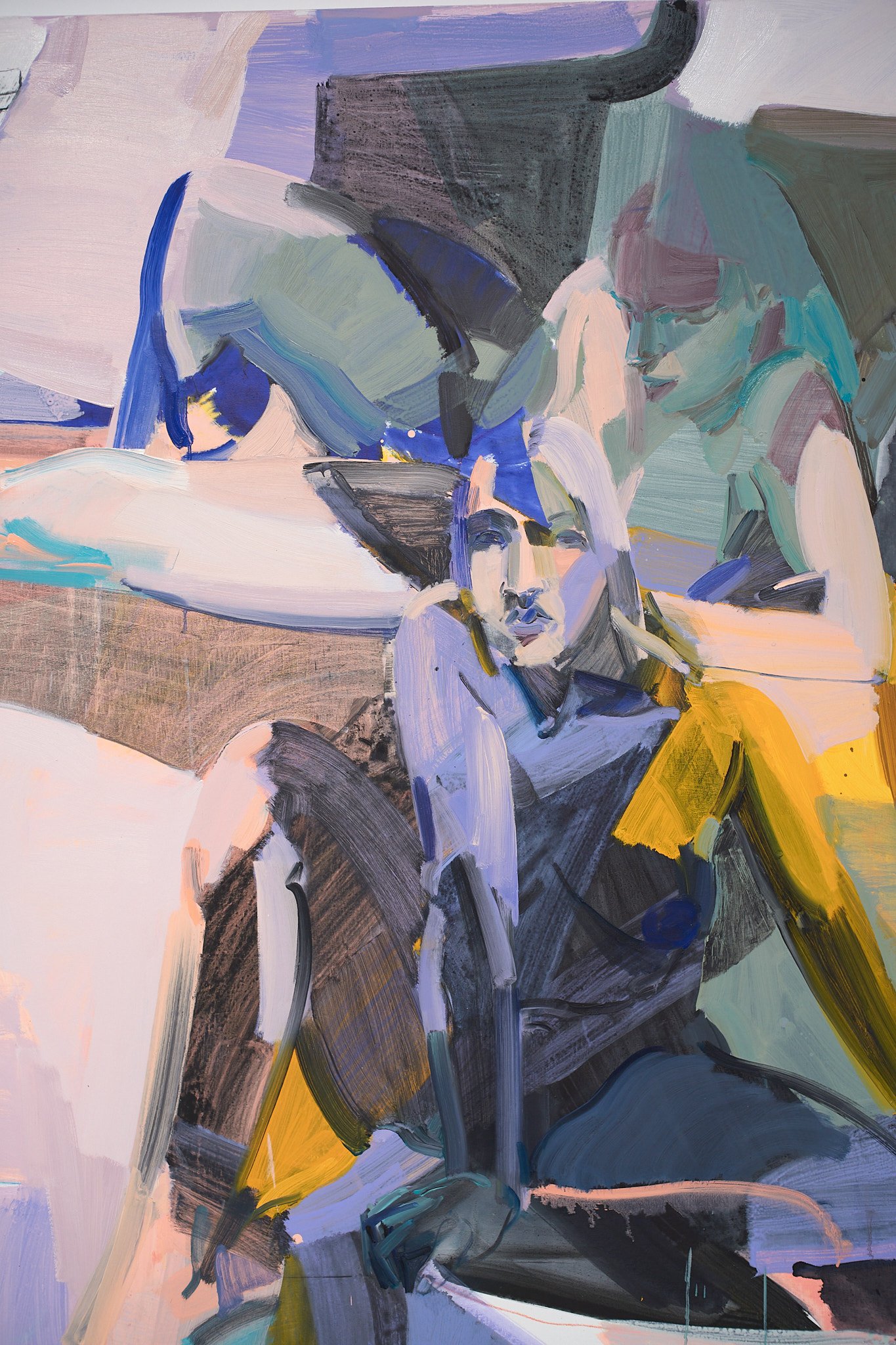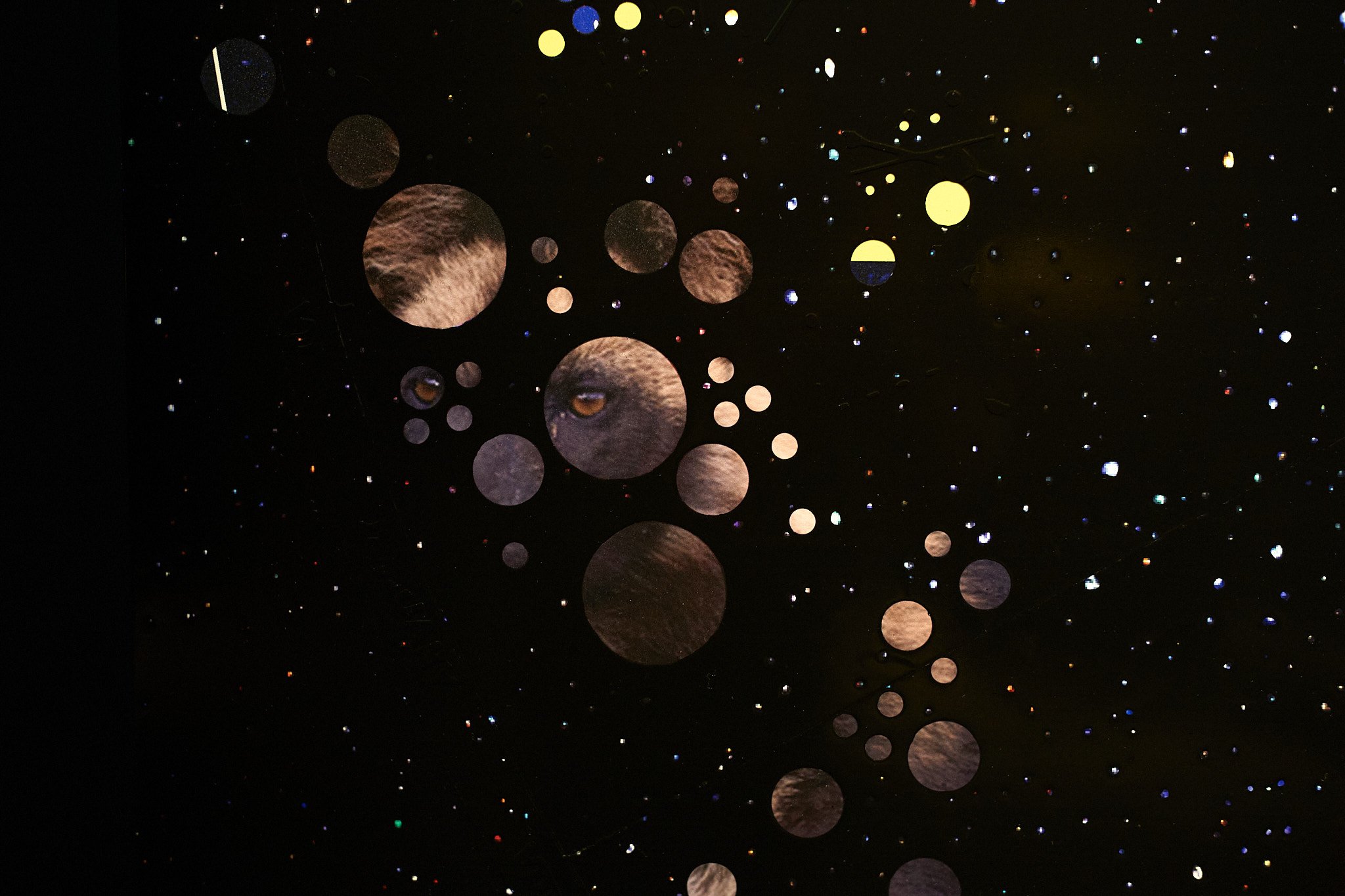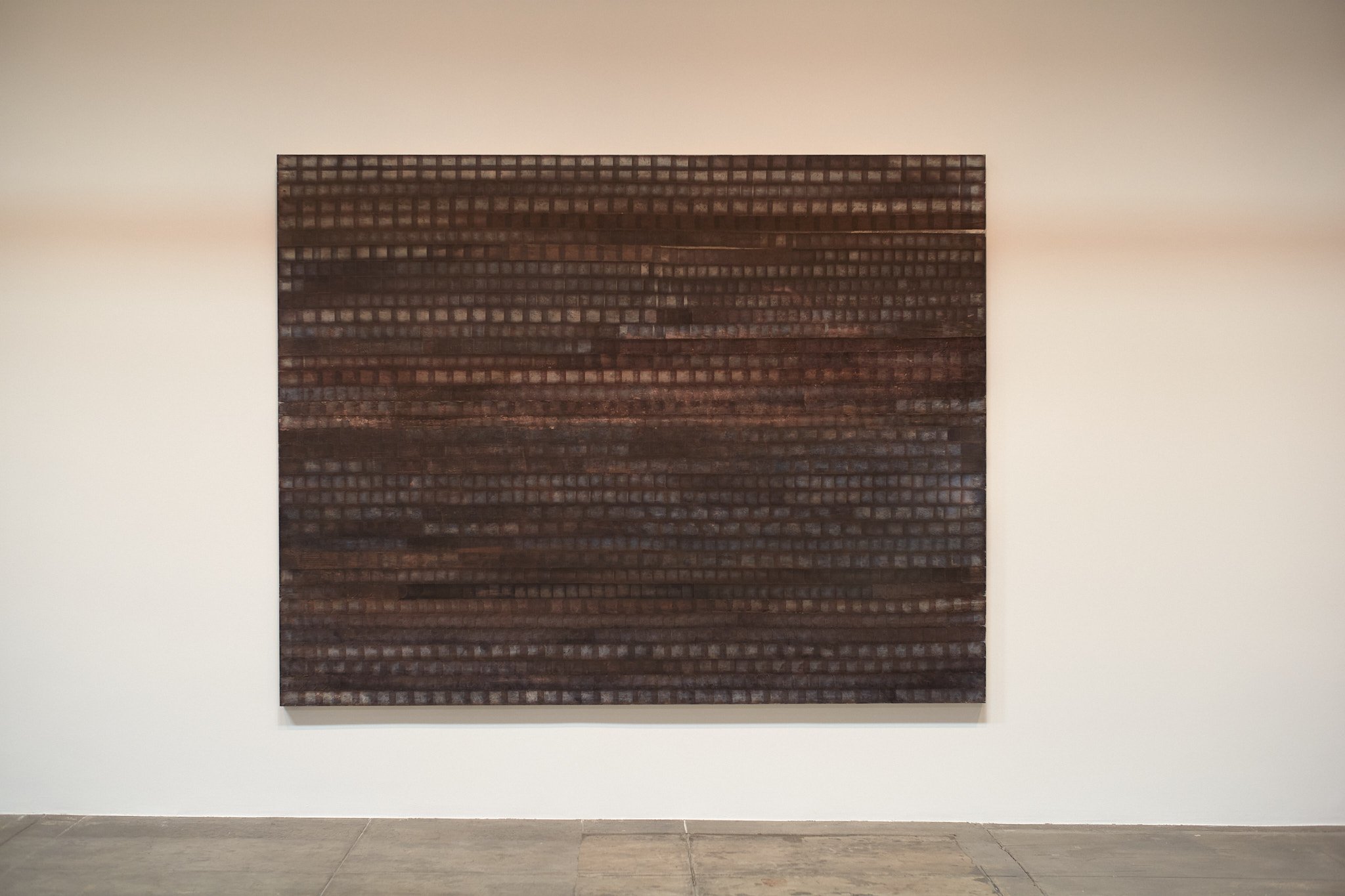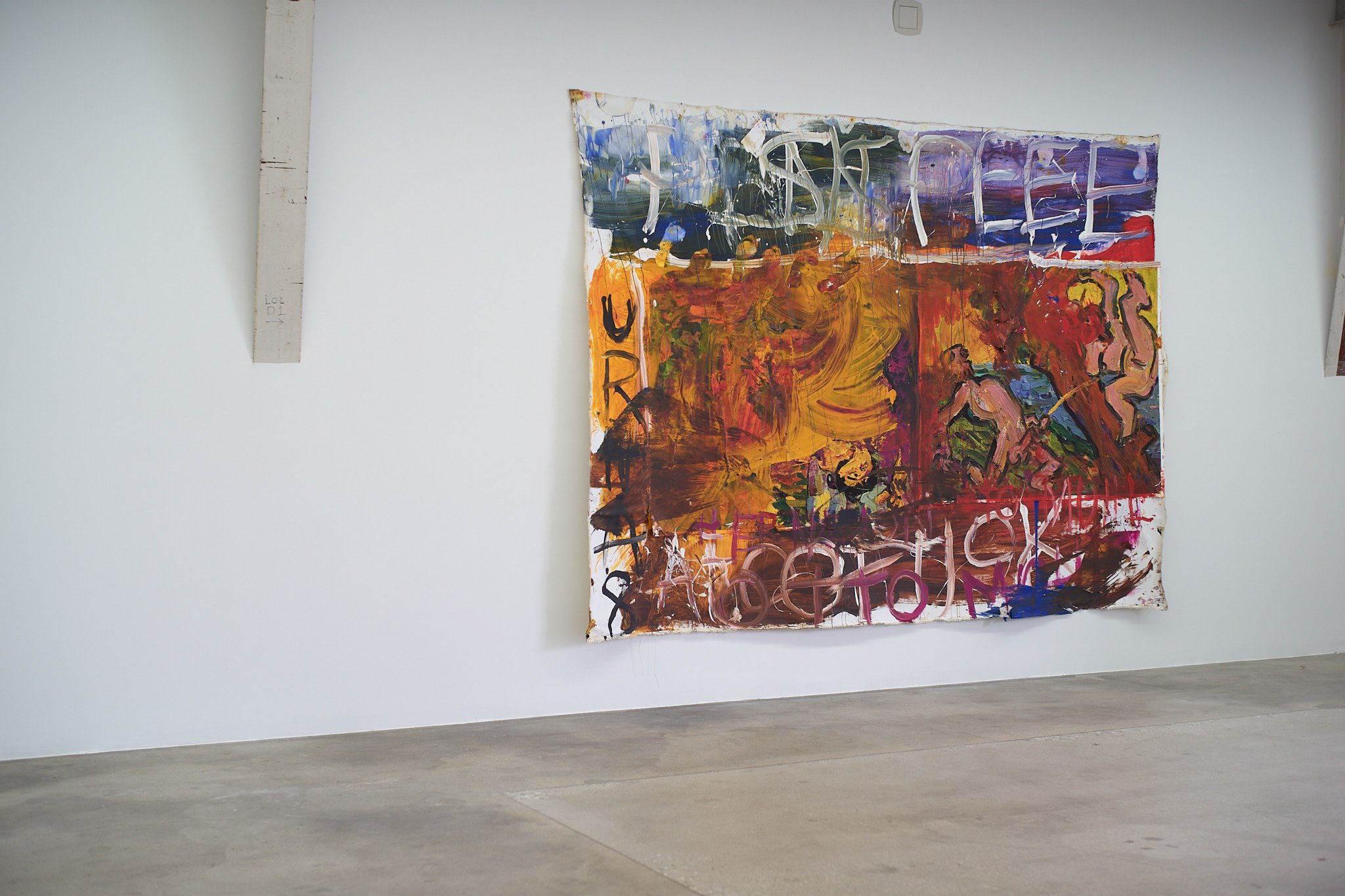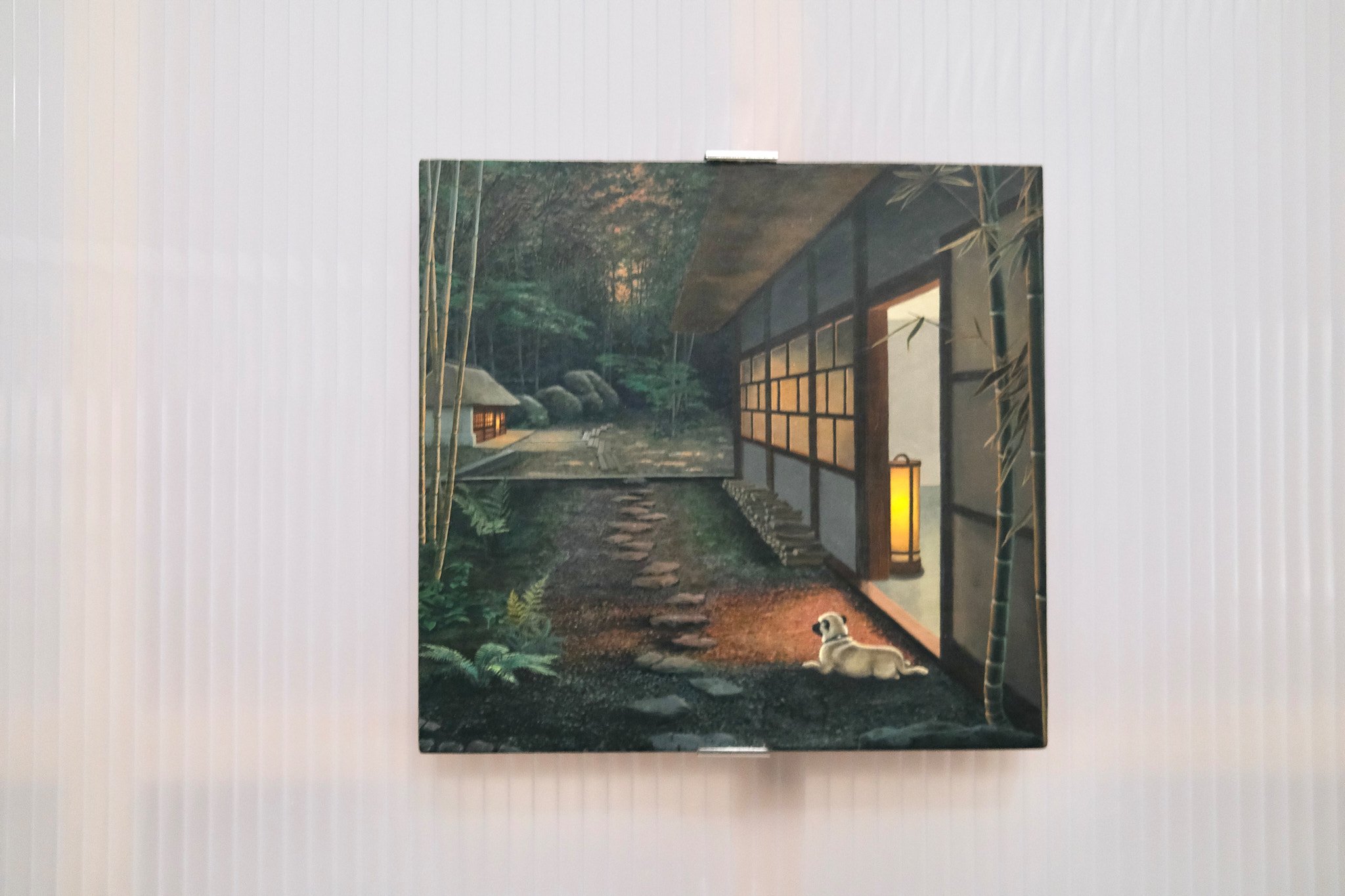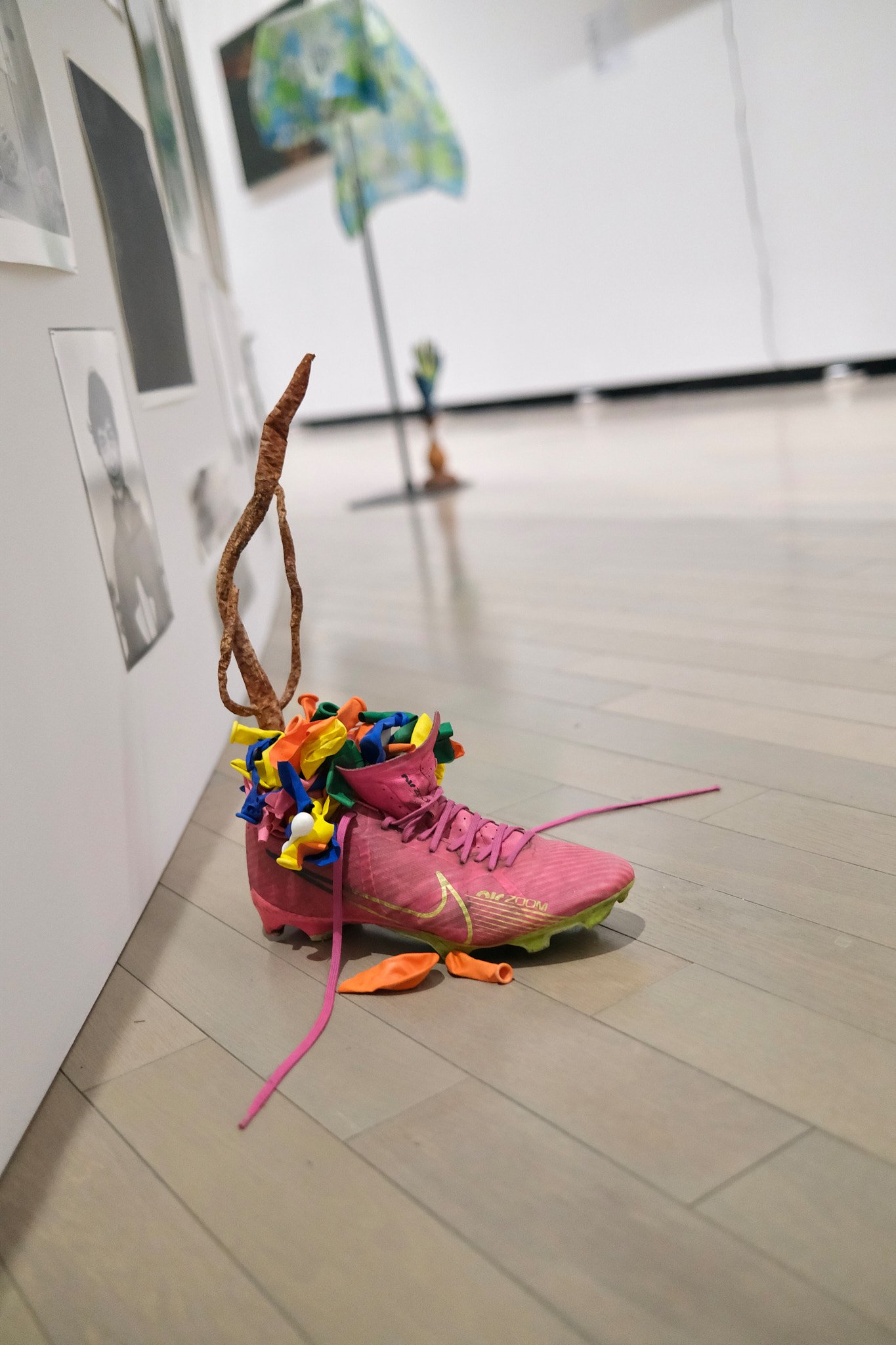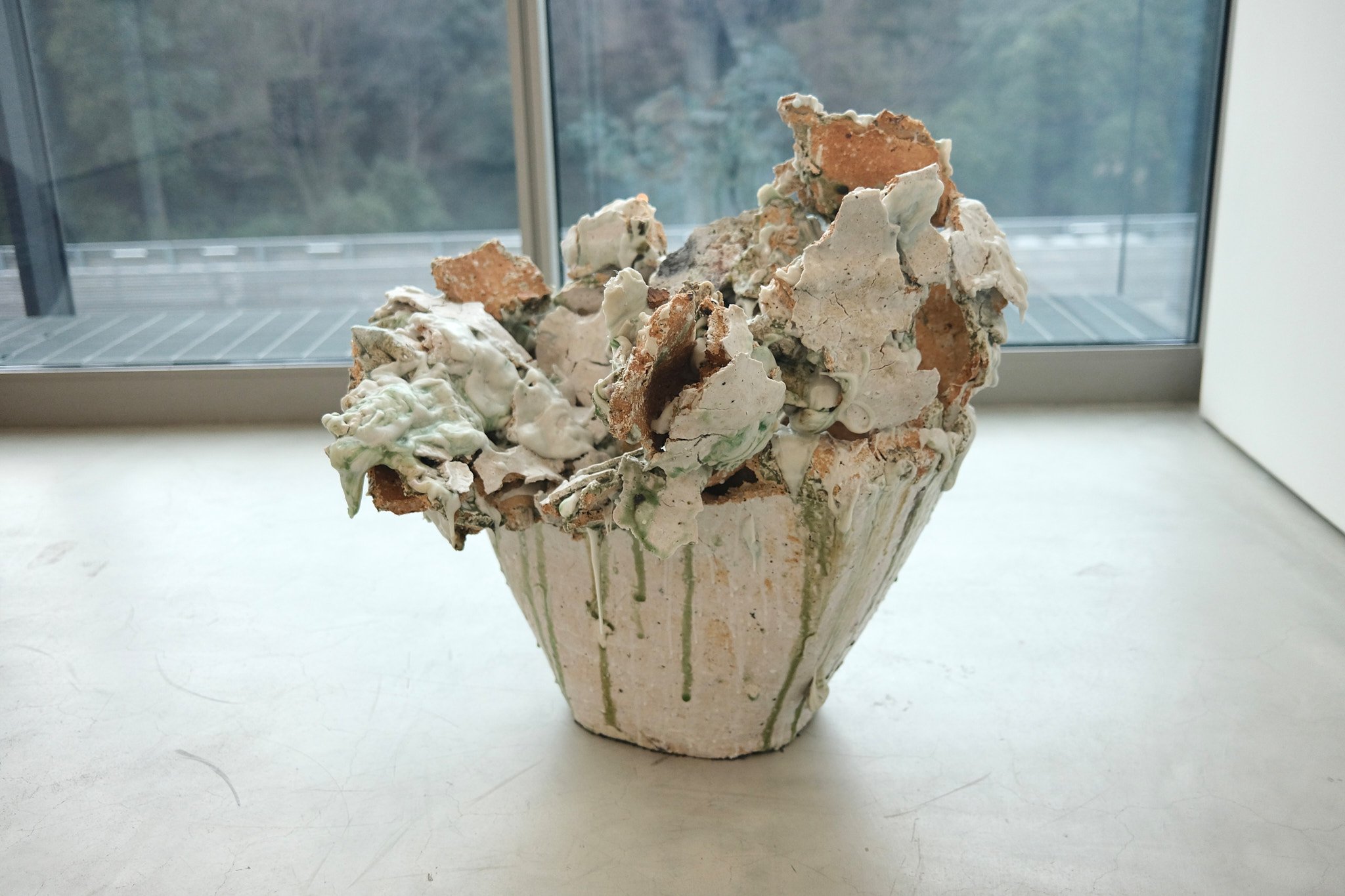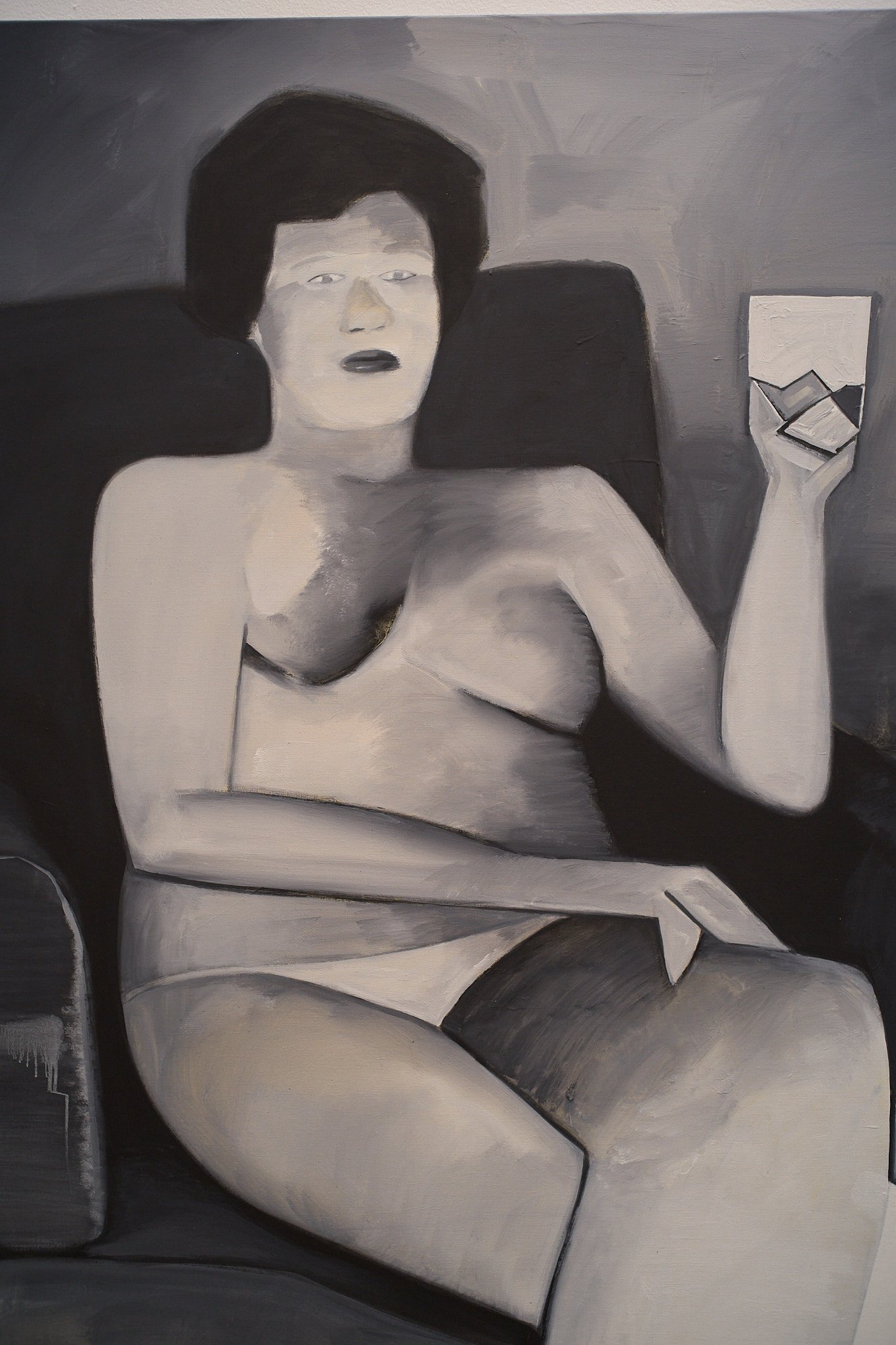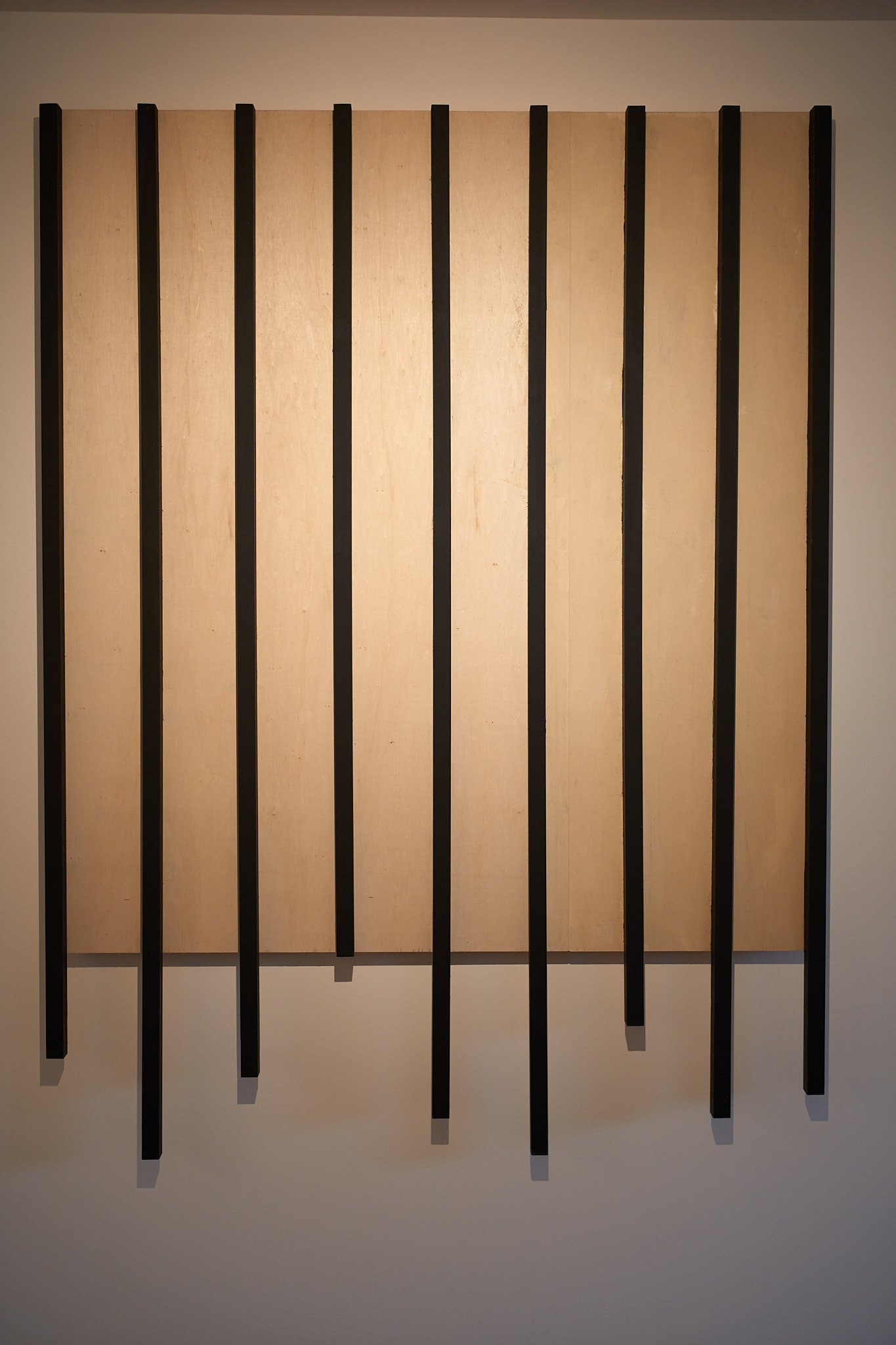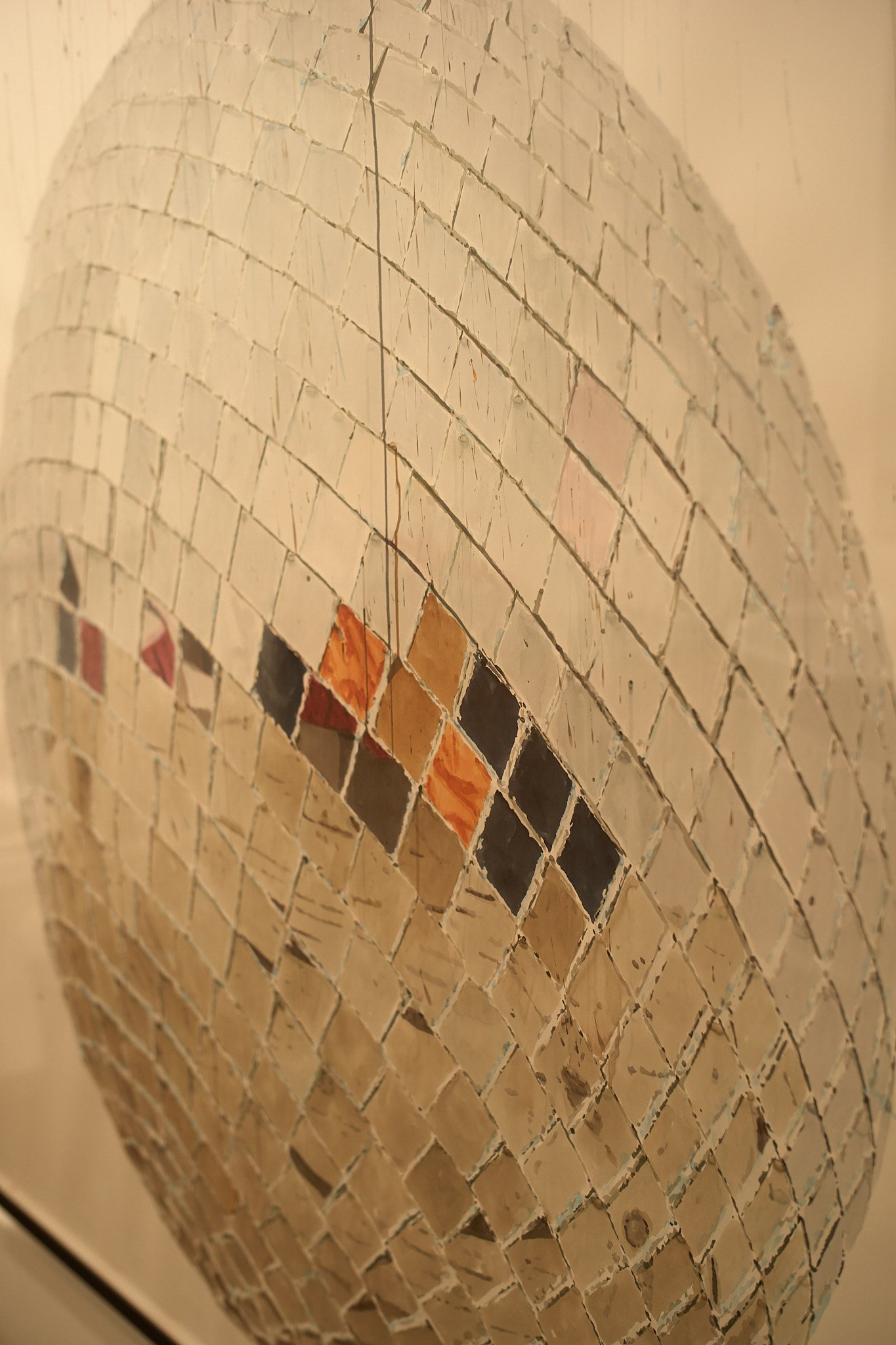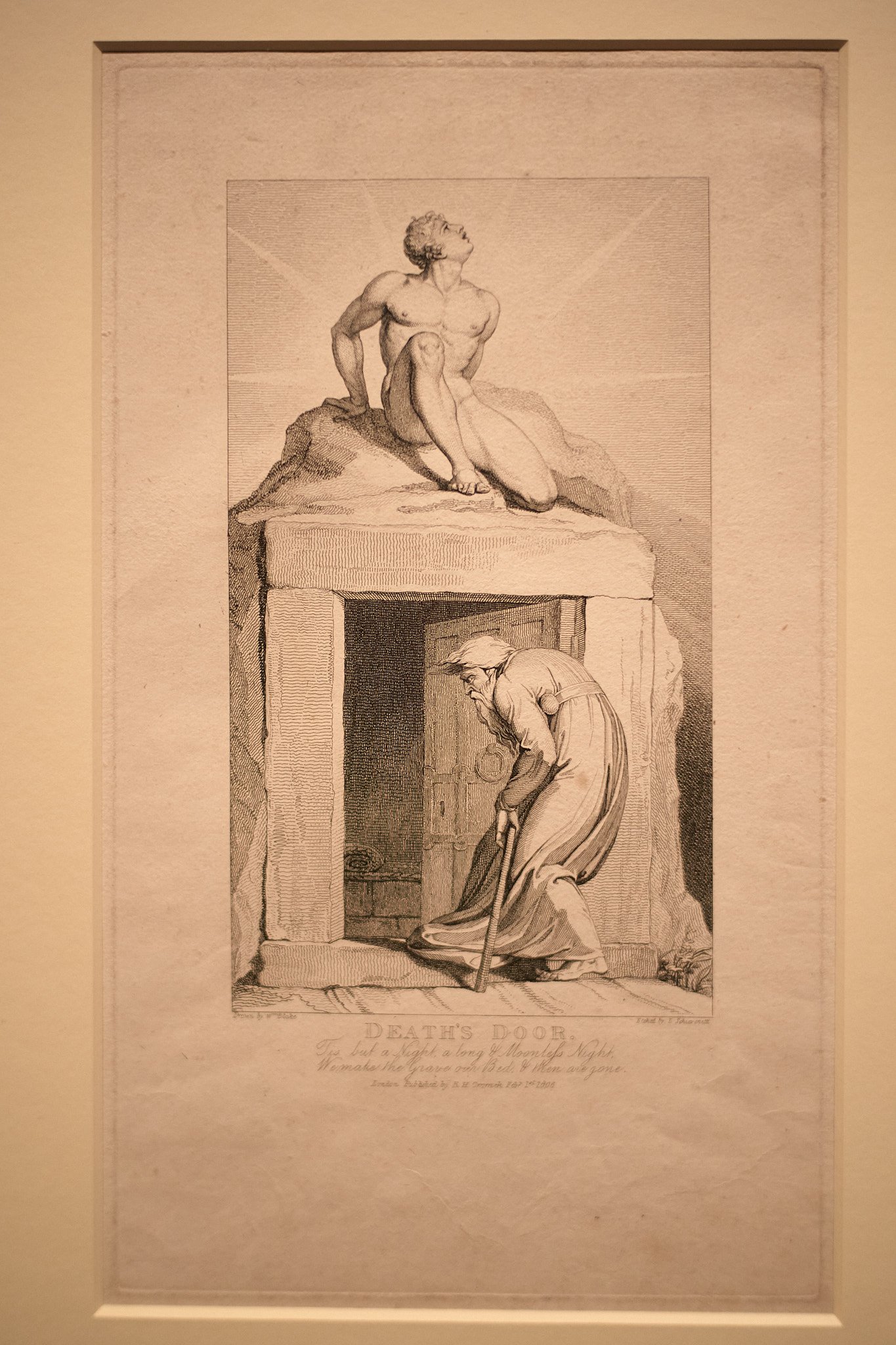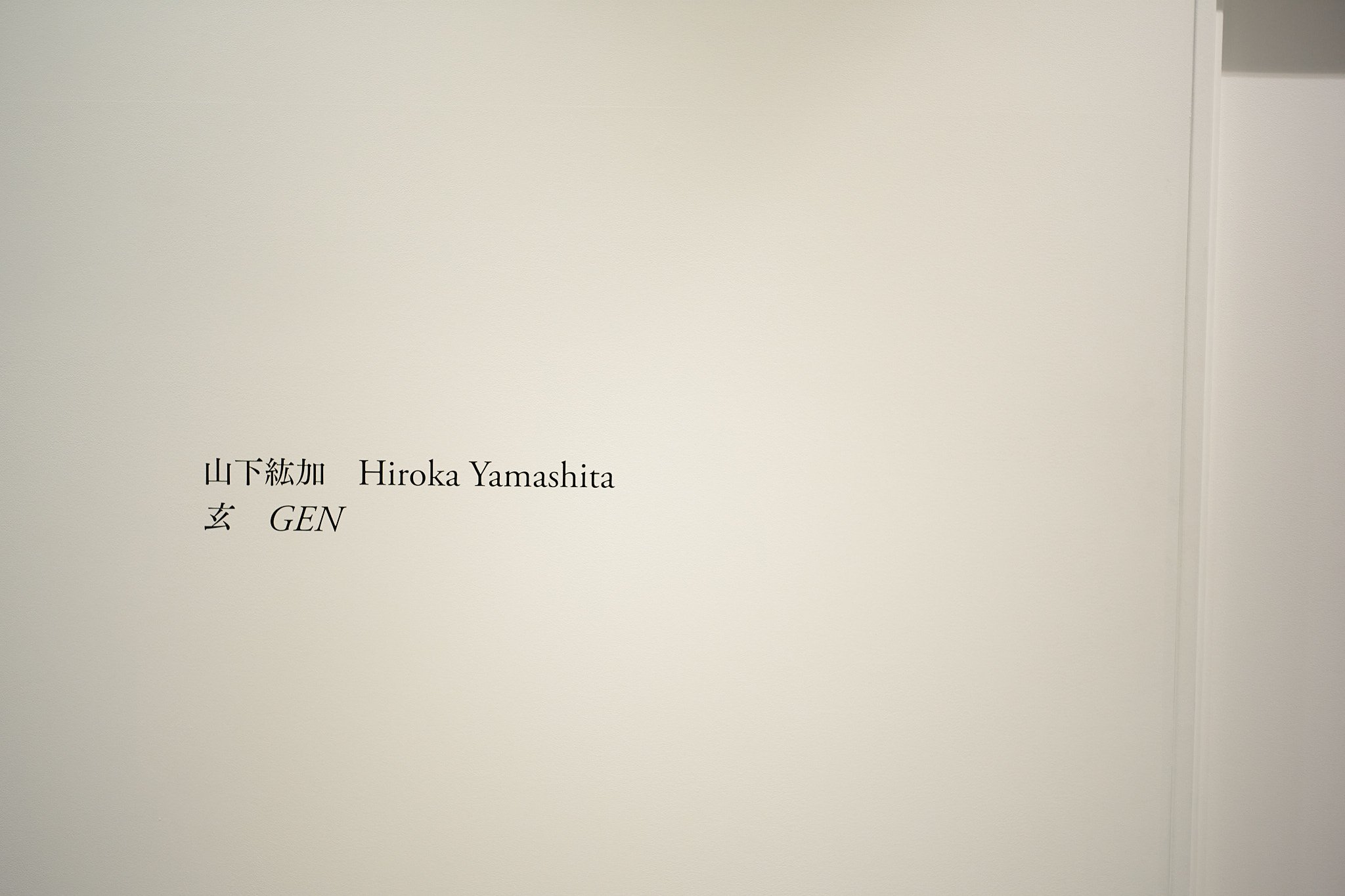page13
To explain the nature of art, (Johannes) à Porta (D’net Der Beeltstormers, The Net of the Iconoclasts, 1591) came up with an affecting metaphor. Imagine a young woman, he wrote, recently married and still deeply in love. But her husband must go to war (an everyday reality in 1591). He will be gone for months at least and might never return. Just before he leaves, he gives her a small portrait of himself - her only keepsake. What happens then, Johannes à Porta says, is magical: the meaning (the declaration of love) merges with the object. You could imprint it on your memory, you could even create a perfect copy, yet the relic value assumed by that original portrait makes it irreplaceable. For the young woman, the likeness of her husband could never be replicated. The panel would become her treasured possession. It is the same reason you carry a crumpled photo of a loved one in your wallet for years and cannot bring yourself to tear it up, even though nowadays you could easily copy or digitise it.
According to à Porta, this is precisely what happens with art: if a powerful connection arises between the meaning of an object and its viewer owner, that meaning will merge with the object itself. The work of art or the image becomes the physical relic of a raw emotion or a compelling memory. Something irreplaceable. Art to à Porta was a question of faith: a work of art becomes important if you believe in its history, its significance, and so forth - in every layer of meaning, in short, that inheres within the object.The stronger the cognitive and emotional bond, the more powerful the effect. It is for the same reason that a mechanically produced urinal can become a world-famous work of art. If it is presented as art at the right time, in the right place, in the right context and by the right artist, the original does not even have to be preserved. I refer, of course, to Fountain (1917) by Marcel Duchamp, which now exists purely in the form of replicas. Yet placed on a pedestal behind glass in the world’s most prestigious museums, even those appeal to the imagination.
Does the Future Sleep Here? ――Revisiting the museum’s response to contemporary art after 65 years
Tokyo, National Museum of Western Art (NMWA)
Tuesday, 12 March - Sunday, 12 May 2024
SARAH AWAD To Hold a Thing
Tavares Strachan, Magnificent Darkness
Mariko Oya “La lumière” exhibition
Venue: agnès b. gallery boutique 5-7-25 Minami-Aoyama, Minato-ku, Tokyo
La Fleur Minami Aoyama 2F
Date: March 9, 2024 (Sat) - April 7, 2024 (Sun)
Akademie-X, John Stezaker
[[akademie-X]], John Stezaker
Lesson 30: Art Education - A Contradiction in Terms, page 283
After years of involvement in art education, both as a student and as a teacher, I have arrived at the conviction that art education is a contradiction in terms. Picasso understood this when he said that he did not search but that he found. Art is finding and that is incalculable and unpredictable. There can be no preparation for it. No research is possible for it.
Education is ostensibly dedicated to knowledge. The best art comes out of not knowing - out of ignorance. Education professes to render the world either transparent or legible. Art seems always to be a confrontation with the opposite: the unknowable, the illegible.
.....I believe in the importance of seclusion and indolence in the creation of art. Art needs to find a space to hide. It thrives in dusty neglected atrophied spaces. In a sense, one could say it needs educational dysfunction: it needs neglect. How often have important developments in art come out of groups of students taking control of their own aesthetic agenda in the absence of a strong educational programme? Modern education, in attempting conscientiously to create a miniature version of the exhibiting world awaiting its prospective artists, inadvertently betrays the possibility of art, which as Maurice Blanchot insists, comes out of an 'exile from life'.
More practically, I would suggest following the example of Henry David Thoreau's economics of aesthetic reflection: find an undemanding job, occupying the minimum time commitment to support the maximum proportion of time dedicated to aesthetic indolence. Times have changed the balance of that economy since Thoreau's day. He only had to work one day a week for the farmer whose land he lived on in order to subsist in his exile from life. We live in a culture hostile to nonproductive activity, but it's precisely because of this that the resistance of aesthetic indolence is so vital.
DIALOGUES WITH MARCEL DUCHAMP by Pierre Cabanne
DIALOGUES WITH MARCEL DUCHAMP by Pierre Cabanne
Chapter 4. I Like Breathing Better than Working
Page 69
CABANNE: You have also said that the artist is unaware of the real significance of his work and that the spectator should always participate in supplementing the creation by interpreting it.
DUCHAMP: Exactly. Because I consider, in effect, that if someone, any genius, were living in the heart of Africa and doing extraorinary paintings every day, without anyone's seeing them, he wouldn't exist. To put it another way, the artist exists only if he is known. Consequently, one can envisage the existence of a hundred thousand geniuses who are suicides, who kill themselves, who diappear, because they didn't know what to do to make themselves known, to push themselves, and to become famous.
I believe very strongly in the "medium" aspect of the artist. The artist makes something, then one day, he is recognized by the intervention of the public, of the spectator; so later he goes on to posterity. You can't stop that, because, in brief, it's a product of two poles - there's the pole of the one who makes the work, and the pole of the one who looks at it. I give the latter as much importance as the one who makes it.
Naturally, no artist accepts this interpretation. But when you get right down to it, what is an artist? As much as the furniture maker, say Boulle, he's the man who owns a "Boulle." A work is also made of the admiration we bring to it.
African wooden spoons were nothing at the time when they were made, they were simply funcational; later thye became beautiful things, "works of art".
Don't you think the spectator's role is important?
RETROaction (part two)
Paul McCarthy & Benjamin Weissman | Cognitive Surge: Coach Stage
Halfway to Sanity: Inaugural Group Exhibition
Yokohama Triennale
GUCCI VISIONS - Tokyo
Written with a Splash of Blood- Blum Tokyo
AKADEMIE X LESSONS IN ART + LIFE - lesson 26
TUTOR: Raqs Media Collective
Page 248
The Third Lesson: Time for Wine
The third lesson is about time. Sometimes, to learn this lesson, we have to prepare a feast - a feast with no food, but with a lot of wine and many notes. One of the forms this has taken is a symposium on time, which was first produced in the Wide Open School at the Hayward Gallery, London, in the summer of 2012. The form is simple and remains durable.
Fifteen or so participants sit in a large table, each with a plate and a wine glass in front of them. A set of carefully chosen notes on time printed on index cards appear on the plates, in the form of ‘courses’. Each ‘guest’ reads the ‘portion’ on his/her plate and everyone drinks, and after a round of readings (a course) the ‘table’ has a conversation. The idea is to let thinking, conversation and the requisite amount of wine do its job to add up to a stimulating consideration of time. Time itself is physically present. The cumulative, incremental effect of wine, factored through time, tranforms the experience into being enveloped inside a dilating fold. ‘Students’ cease to be students, and process elaborate theories. The reticent blossom into the loquacious, and the shy become bold. Once, at the end of the feast, people burst into song, and tears. Invariably, there has been laughter. The length of time this takes is a minimum of three hours, about the duration of a well-paced meal. As the courses gather momentum, an intensification of ideas and images, of associations and possibilities, takes hold, and we begin to get a grip on the qualia of time itself. We understand the relationship between, the presence of art. and the intensification of experience: of a different sense of time.
Introduction by Robert Motherwell, page 10, Dialogs with Marcel Duchamp, Pierre Cabanne
An artist must be unusually intelligent in order to grasp simultaneously many structured relations. In fact, intelligence can be considered as the capacity to grasp complex relations; in this sense, Leonardo’s intelligence, for instance, is almost beyond belief. Duchamp’s intelligence contributed many things, of course, but for me its greatest accomplishment was to take him beyond the merely “aesthetic” concerns that face every “modern” artist - whose role is neither religious nor communal, but instead secular and individual. This problem has been called “the despair of the aesthetic:” if all colors or nudes are equally pleasing to the eye, why does the artist choose one color or figure rather than another? If he does not make a purely “aesthetic” choice, he must look for further criteria on which to base his value judgments. Kierkegaard held that artistic criteria were first the real of the aesthetic, then the ethical, then the realm of the holy. Duchamp, as a nonbeliever, could not have accepted holiness as a criterion but, in setting up for himself complex technical problems or new ways of expressing erotic subject matter, for instance, he did find an ethic beyond the “aesthetic” for his ultimate choices. And his most successful works, paradoxically, take on that indirect beauty achieved only by those artists who have been concerned with more than the merely sensuous. In this way, Duchamp’s intelligence accomplished nearly everything possible within the reach of a modern artist, earning him the unlimited and fully justified respect of successive small groups of admirers throughout his life. But, as he often says in the following pages, it is posterity who will judge, and he, like Stendhal, had more faith in posterity than in his contemporaries. At the same time, one learns from his conversations of an extraordinary artistic adventure, filled with direction, discipline, and disdain for art as a trade and for the repetition of what has already been done.
Thirty Years: Written with a Splash of Blood
AKADEMIE X LESSONS IN ART + LIFE - TUTOR: THOMAS LAWSON
AKADEMIE X LESSONS IN ART + LIFE
LESSON 19
TUTOR: Thomas Lawson
Page 178
Artists notice stuff - the way things come together or fall apart, the telling detail or overlooked ruin, the tell-tale gesture. To be an artist, you have to train yourself to pay attention to the world in which you live, constantly looking for clues, always aware of your surroundings. Make notes, try observational drawing or taking photographs, study how things are made. There is no one method here. The task is to find a way to notice the details that make sense to you, the details that will open your eyes to content.
William Blake, Getty Center
Hiroka Yamashita “玄 GEN” Taka Ishii Gallery
AKADEMIE X LESSONS IN ART + LIFE - TUTOR: Chris Kraus
AKADEMIE X LESSONS IN ART + LIFE
LESSON 18
TUTOR: Chris Kraus
Page 170
Whereas modernism believed that the artist’s life held all the magic keys to reading works of art, neo-conceptualism has cooled this off and corporatized it. The artist’s own biography doesn’t matter much at all. What life? The blanker the better. The life experience of the artist, if channeled into the artwork, can only impede art’s neo-corporate, neo-Conceptual purpose. It is the biography of the institution that we want to read.
Reviewing dOCUMENTA (13) in New York Magazine, Jerry Saltz coins the term ‘Post Art’ to describe work that ‘doesn’t even see art as separate from living…things that aren’t artworks so much as they are about the drive to make things that, like ar, embed imagination in material and grasp that creativity is a cosmic force…A chemist or a general may be making Post Art every day at the office.”




































